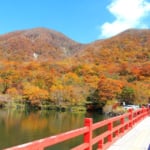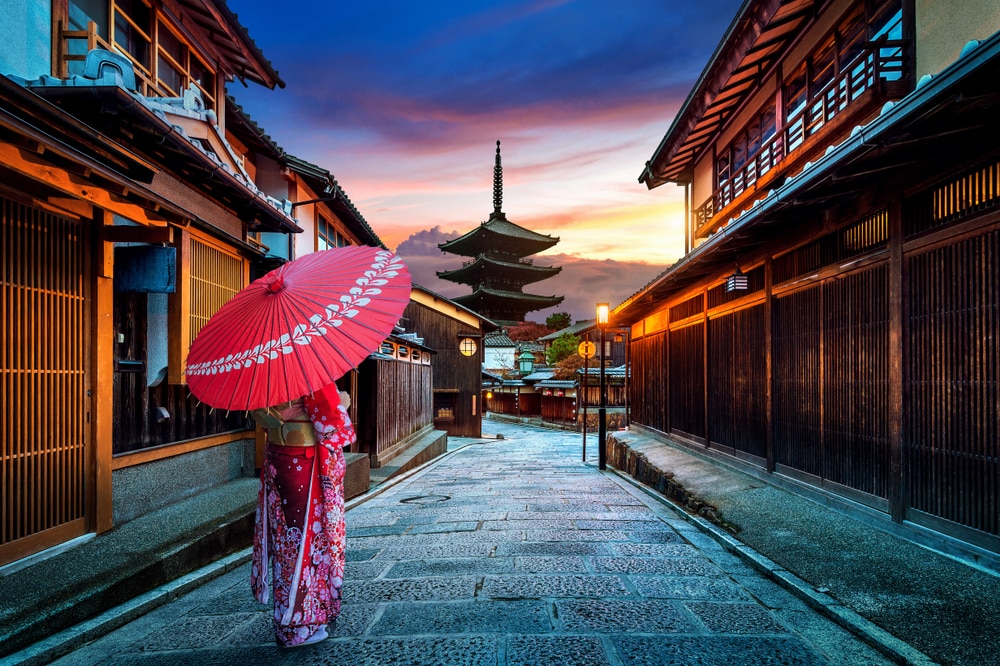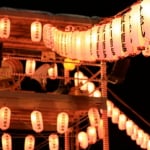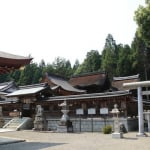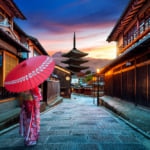Japan is filled with thousands of Shinto shrines and Buddhist temples, each offering a unique glimpse into the country’s rich spiritual heritage. Whether it’s a humble altar dedicated to local mountain gods or an impressive hall brimming with priceless artifacts and ancient statues, these places are truly captivating. If you're planning to visit these sacred spots and want to make the most of your experience while respecting local customs, here are ten simple rules to follow.
table of contents
[x] close
10 Things You Should Do When Visiting a Shrine or Temple in Japan
Bow Before the Gates
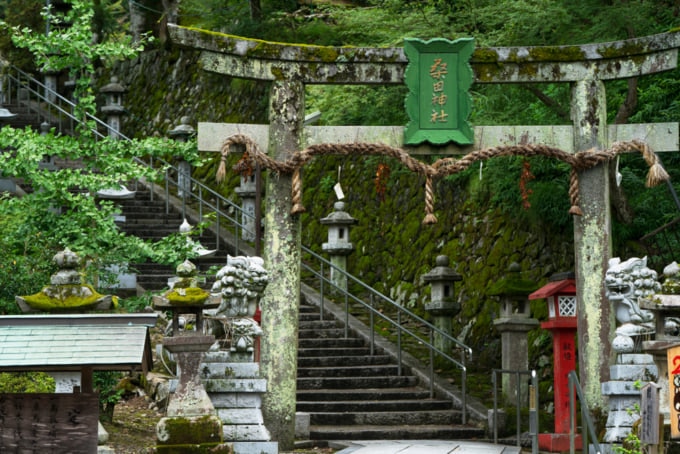
Photo by Morningstar sun/Shutterstock
As you approach Shinto shrines, you'll encounter large gates called torii. These gates symbolize the transition from the ordinary world to the sacred realm of the Japanese gods, or kami. At Buddhist temples, you'll find ornate gates known as sanmon. The grandeur of a sanmon often reflects the temple's significance, with some being so impressive they might seem like part of the temple itself. Before you step through either a torii or sanmon, take a moment to pause and bow. This simple gesture helps you clear your mind and leave behind any negative thoughts, preparing you for a peaceful and respectful visit.
Purify Your Body
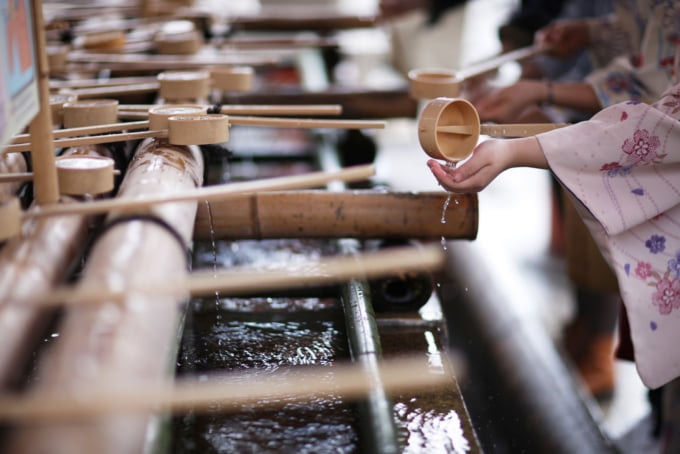
Photo by Paul Laubach/Shutterstock
At many Shinto shrines and Buddhist temples, you'll find a chozuya, a fountain situated near the entrance. Although the water is clean, it's not for drinking. Instead, the chozuya is used for ritual cleansing before you enter the sacred areas of the shrine or temple. To use it, first take the ladle and wash your left hand, then your right. You can use the cleansed hand to rinse out your mouth. Be sure not to let any of the water you’ve used fall back into the fountain—this helps keep the chozuya clean and respectful for everyone.
Don't Tread on the Path of the Gods
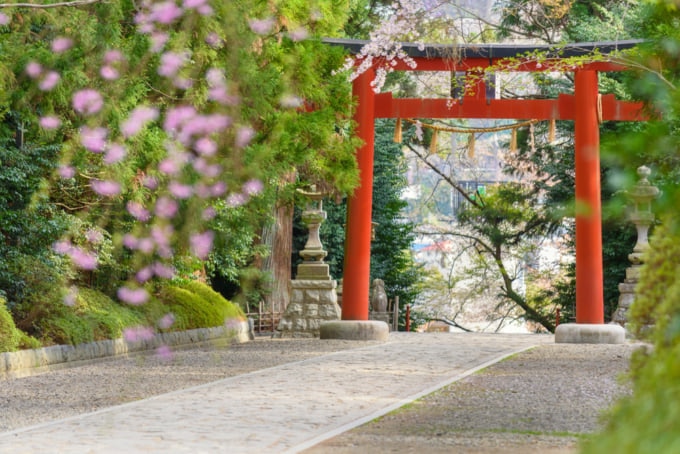
Photo by CooperP/Shutterstock
At Shinto shrines, the path from the torii gate to the main worship hall is known as the sando, or approach. The center of this walkway is considered the divine path where the gods walk. To honor and respect this sacred space, worshipers and visitors typically keep to the sides of the path rather than walking down the middle.
Make an Offering
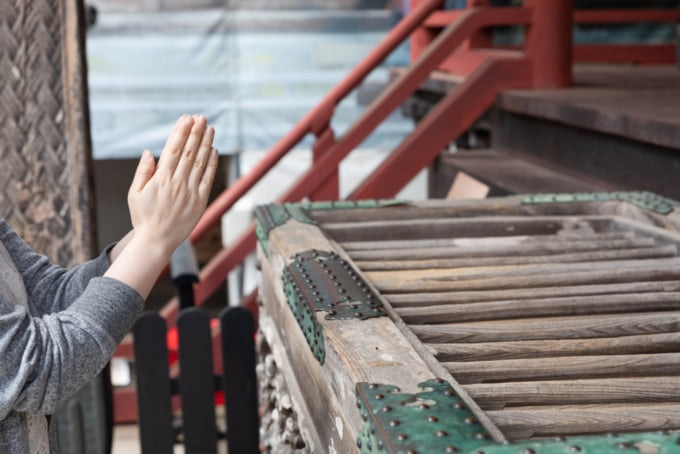
Photo by imacoconut/Shutterstock
In front of the main worship hall, you'll see a large wooden box placed before the altar. This box is where you can make monetary offerings to the temple or shrine. Before dropping a few coins in, take a moment to bow slightly. As you do, send your thoughts up to the gods (or Buddha) and prepare yourself for a meaningful prayer.
Light Incense
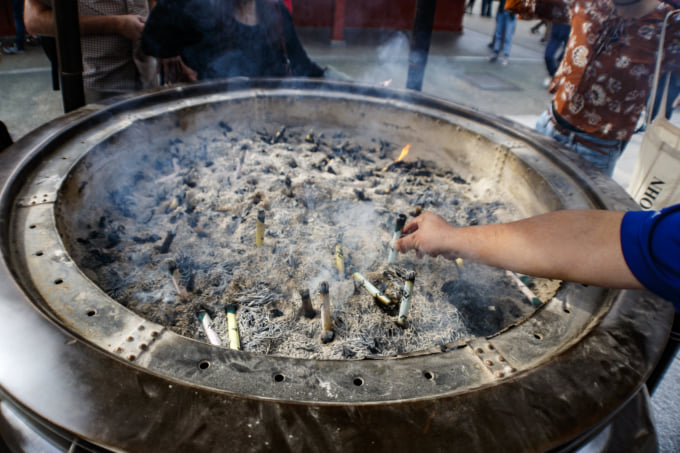
Photo by big-ashb/Flickr
When you visit a Buddhist temple, you'll often see people lighting incense before their prayers. Once you’ve purchased your incense, light it and then gently wave your hand to put out the flame—don’t blow it out like a candle. Many believe the smoke has healing powers, so take a moment to fan some of it towards yourself, especially if you have any aches or injuries.
Say a Prayer
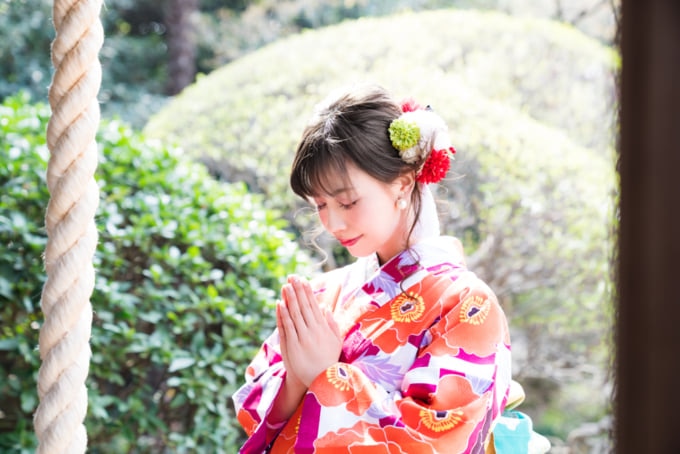
Photo by metamorworks/Shutterstock
After making your offering to the gods, you’ll want to say a prayer, and there’s a bit more to it than you might expect at a Shinto shrine. Begin by bowing twice in the direction of the altar. If there’s a bell, pull the rope to ring it, then bow twice again, a bit deeper this time. If there’s no bell, just skip this step. Next, clap your hands twice to draw the gods’ attention. Finally, clasp your hands together in prayer and finish with a final bow before leaving.
At a Buddhist temple, the process differs slightly. After burning the incense and making your offering, ring the bell three times if one is available. Then, pray and conclude with a bow. If there’s no bell, simply skip the clapping and go straight to your prayer and bow.
Make a Wish
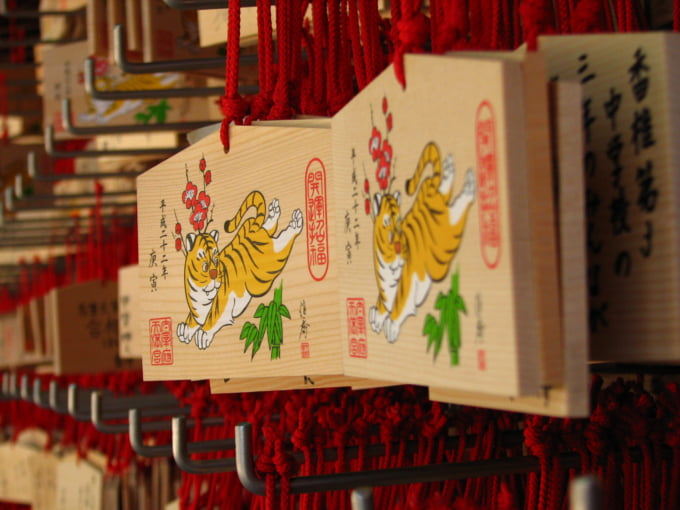
Photo by POHAN CHEN/Flickr
At Shinto shrines, you have the option to purchase an ema, a wooden votive plaque where you can write down your wishes and dreams for the future. After writing your wish, hang the ema up before you leave. You might be curious about what happens to all those ema—well, they are collected and regularly burned in sacred fires at the shrines. The smoke carries the dreams and wishes up to the gods, symbolizing your hopes being sent directly to the divine.
Ask for Blessings from the Buddha
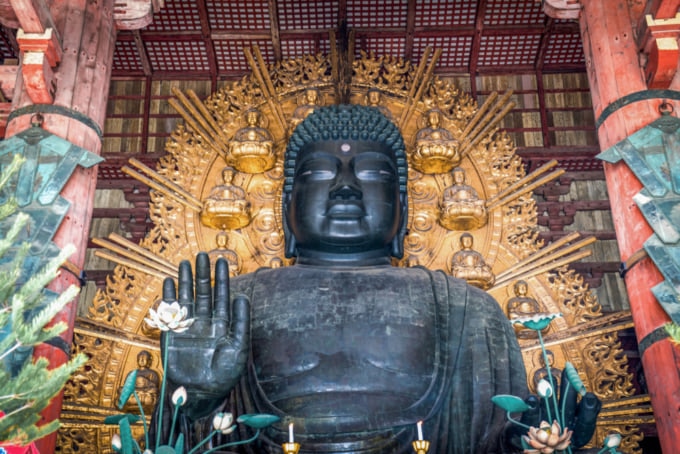
Photo by Surachet Jo/Shutterstock
Many Buddhist temples conduct goma rites every day of the year. This ritual involves burning wooden charms that symbolize our desires and sources of suffering in a sacred fire, representing the Buddha's wisdom. By doing this, it’s believed that people’s suffering is symbolically burned away as they pray for their wishes to be fulfilled. Goma tablets, which you can purchase at the temple for this ritual, vary in price. A basic tablet starts at around ¥3,000, while larger ones can cost over ¥30,000.
Protect Yourself with Omamori
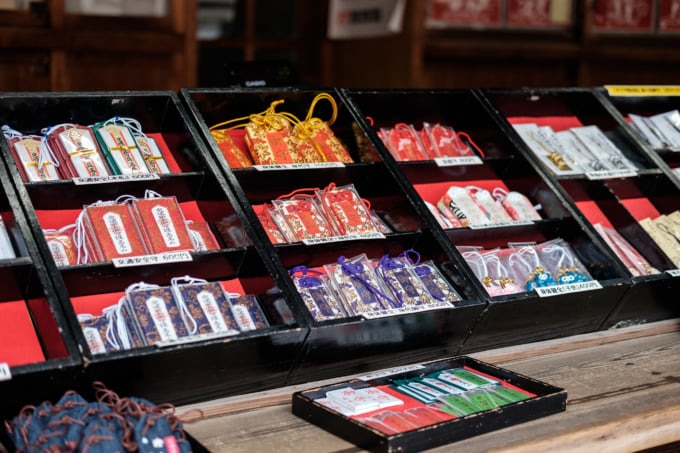
Photo by Leng Cheng/Flickr
Omamori are protective amulets available at shrines and temples, often thought of as lucky charms blessed by Shinto kami or Buddha. These amulets come in various forms, offering general protection and good fortune. You can also find omamori tailored to specific needs, such as ensuring a safe delivery for an expectant mother, helping you pass a challenging exam, or keeping you safe on your travels.
Attend a Temple or Shrine Matsuri
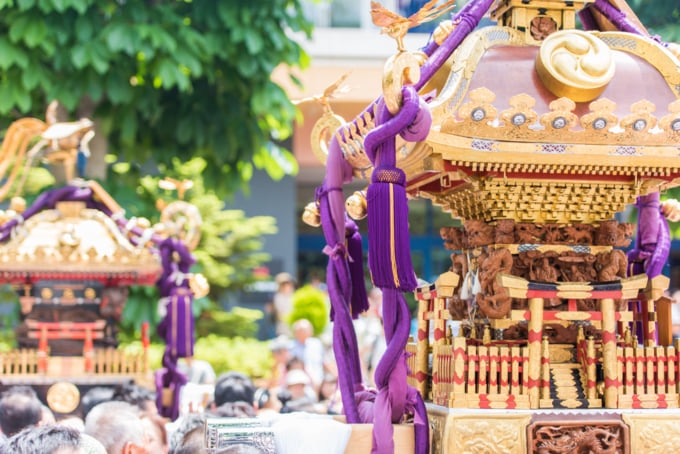
Photo by T.yagi/Shutterstock
When a Japanese festival, or matsuri, kicks off, prayers blend seamlessly with celebration. Across Japan, thousands of these vibrant festivals are held each year at temples and shrines. While each matsuri has its own unique charm, many feature a variety of yatai, or food stalls, offering popular festival treats like grilled squid, chocolate bananas, and yakisoba. In addition to delicious eats, these festivals often include special activities or traditions. For instance, during the Setsubun Festival in spring, priests throw lucky beans into the crowd, while at the Tori-no-ichi festival, you can buy kumade, lucky rakes, to ensure good fortune for the year ahead.
In Conclusion
Visiting a Shinto shrine or Buddhist temple in Japan offers a unique spiritual experience and a deep dive into local culture. By following these simple tips to keep your visit respectful and enjoyable, you'll not only gain a richer understanding of these traditions but also carry a sense of good fortune with you for months to come.


